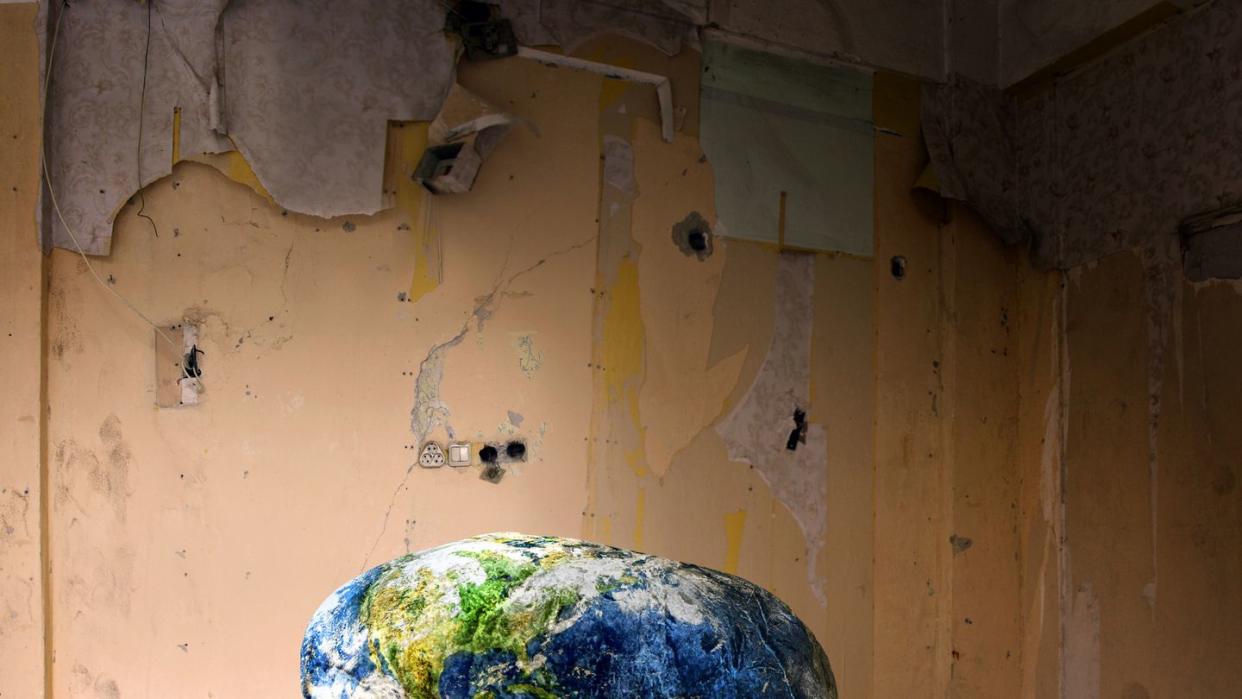Earth Is Sneakily Getting Thicker and Our Days Are Getting Longer, Scientists Say

Whether through the Moon’s tidal friction, earthquakes, volcanic eruptions, or tectonic drifts, the Earth’s rotation has been slowing since its formation.
Now, a new study from NASA’s JPL and ETH Zurich says that climate change is speeding up the process and could even surpass the Moon’s diurnal influence by 2100.
While these changes add only mere milliseconds over the course of a century, knowing those minute changes is vital for GPS and communications technologies—both in deep space and around the globe.
The 24-hour day is far from an immutable fact. Nearly a billion years before the Cambrian Explosion brought complex life to the world, a day lasted only 18 hours and 41 minutes. When Tyrannosaurus rex roamed the Earth during the tail end of the Cretaceous, the clock struck midnight at the 23rd hour. At the fall of the Bronze Age around 1200 BCE, days were 0.047 seconds shorter.
While the natural processes responsible for this slowdown (the Moon’s tidal pull and the occasional earthquake or tectonic drift) continue apace, scientists from NASA’s Jet Propulsion Laboratory (JPL) and ETH Zurich in Switzerland say that climate change is speeding up the process. As the ice caps continue melting, the water eventually makes its way to the equator making Earth more oblate (aka fatter) and thus slowing down the planet's rotation even more.
“It’s like when a figure skater does a pirouette, first holding her arms close to her body and then stretching them out,” JPL’s Surendra Adhikari told Agence France-Presse (AFP). “The initially fast rotation becomes slower because the masses move away from the axis of rotation, increasing physical inertia.”
But according to the scientists, if high emission scenarios continue, the slow bulging at the Earth’s equator could even surpass the Moon’s tidal impact on the Earth’s day. The results of this study were published in the journal Proceedings of the National Academy of Sciences (PNAS).
“This pole-to-equator mass transport has significantly increased the Earth’s oblateness and length of day (LOD) since 1900,” the paper reads. “Under high emission scenarios, the climate-induced LOD rate will continue to increase and may reach a rate that is twice as large as at present, surpassing the impact of lunar tidal friction.”
Of course, the average person can hardly feel these natural and anthropogenic slowdowns. For example, lunar tidal friction adds roughly 2.40 milliseconds to the clock every century. Not exactly a big deal back in the Bronze Age when timekeeping could be less precise, but in a world powered by GPS and global communication technologies that rely on exact timekeeping, these added milliseconds can be a problem if left unaccounted for.
In this new paper, scientists estimate that since the 1900s, melting ice caps have accounted for roughly 0.8 milliseconds, and under worst-case emissions scenarios, that number could jump up to as high as 2.2 milliseconds or longer by 2100. The research team arrived at these numbers by pulling lots of disparate data, including using Very Long Baseline Interferometry (measuring how long it takes radio signals to reach space around varying places on Earth) as well as GPS measurements and even ancient eclipse records, according to AFP.
While the length of an Earth day might impact us most directly, NASA in particular needs to also know Earth’s exact diurnal rotation as it greatly impacts communications with missions in deep space, including the Voyager probes. The AFP reports that even a deviation of centimeters on Earth can mean a difference of kilometers once radio waves reach the probe’s destination.
If anything, this new study shows how widespread the impact of climate change truly is as it alters weather patterns, decimates life on Earth, and even changes the very rotation of the planet we call home.
You Might Also Like

